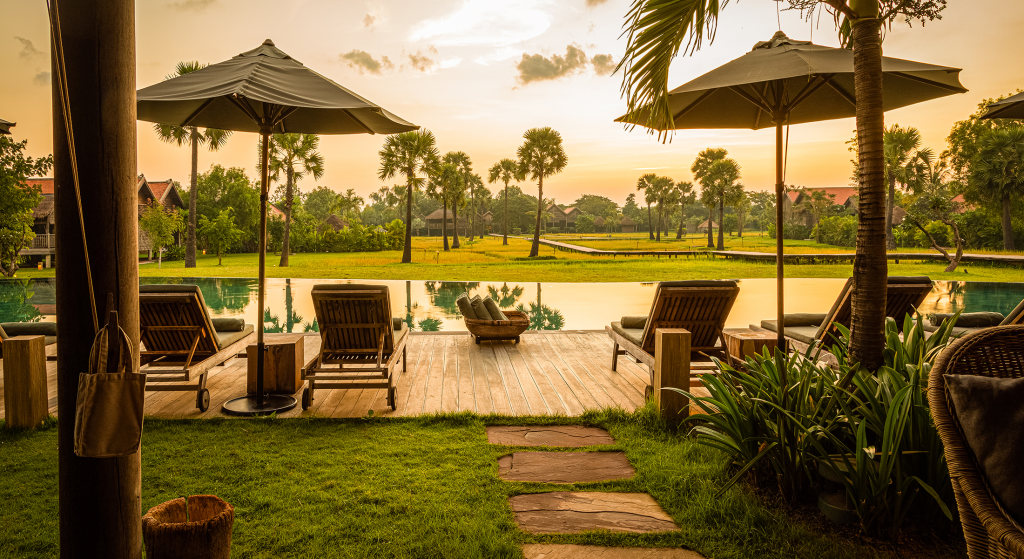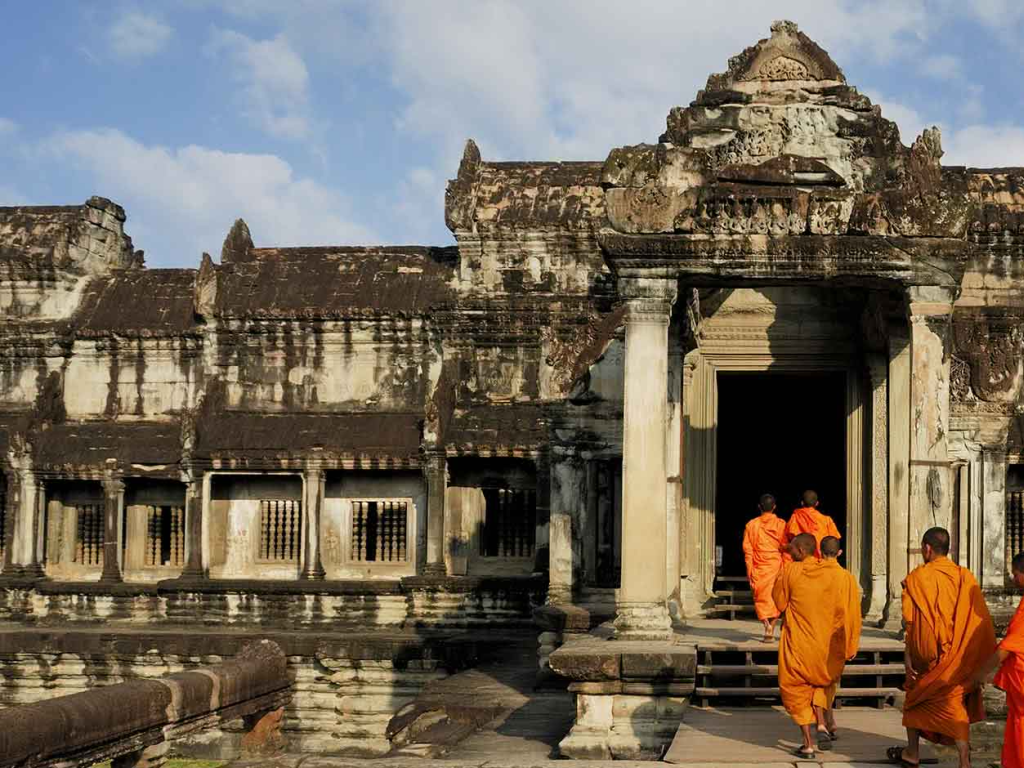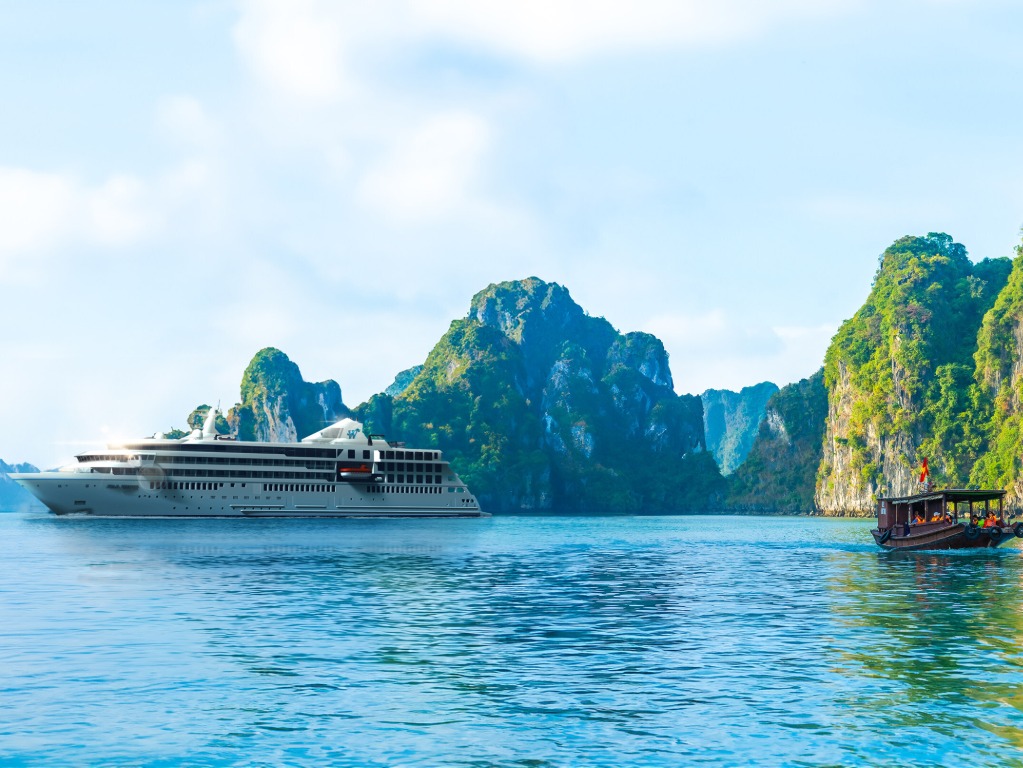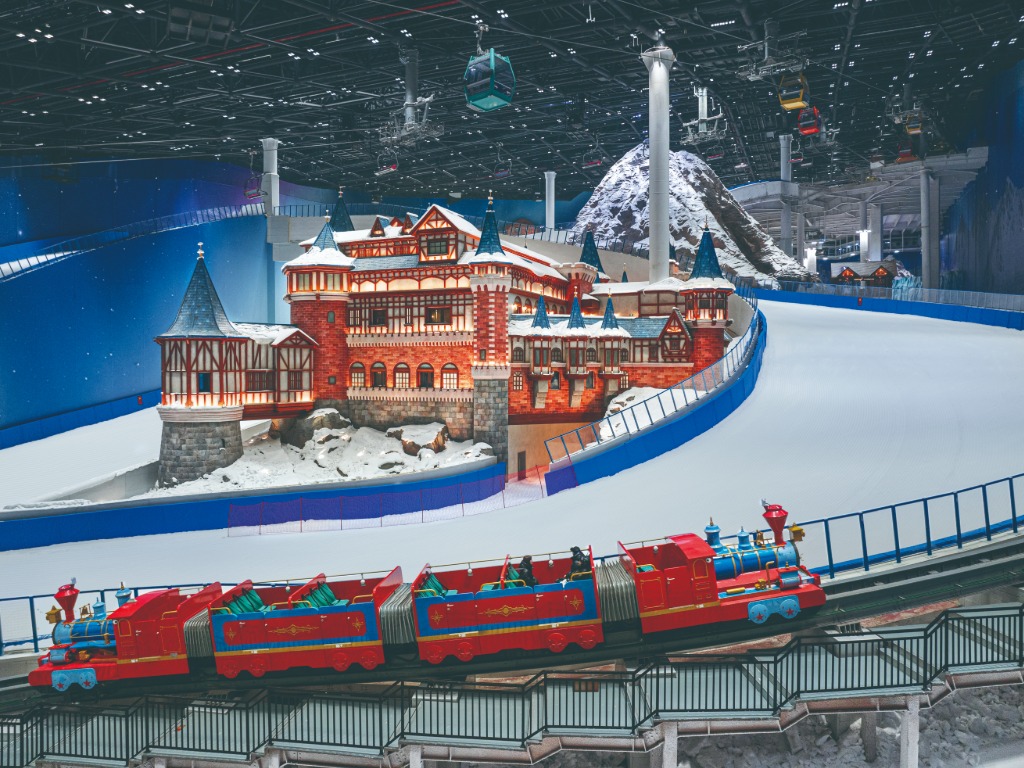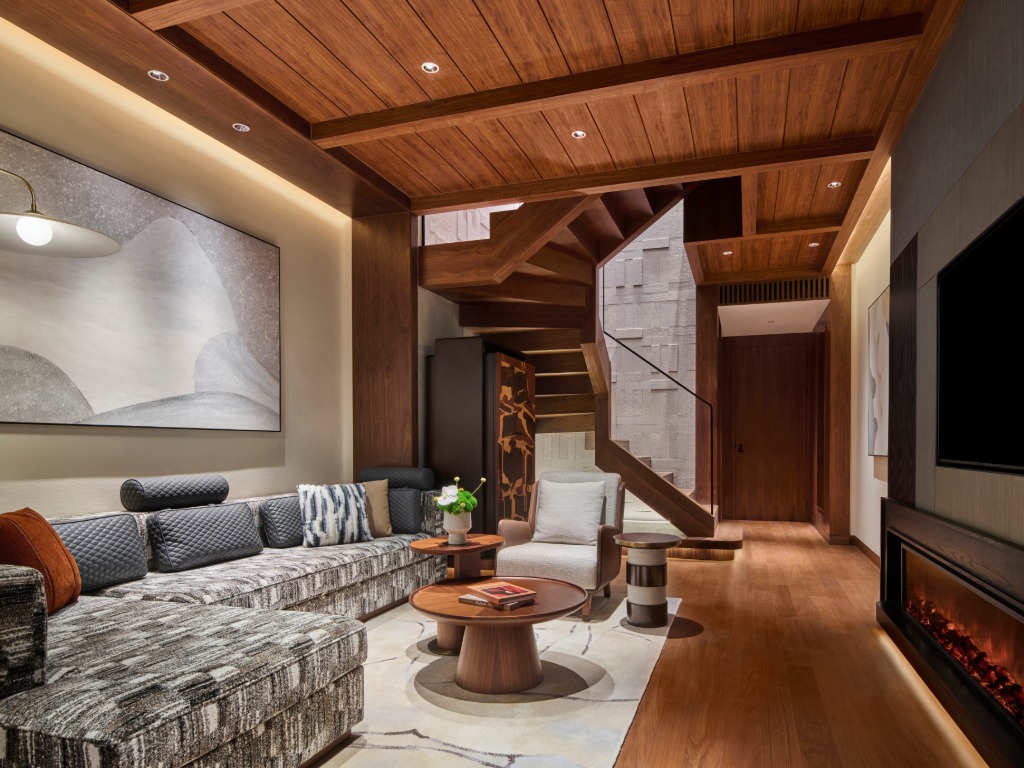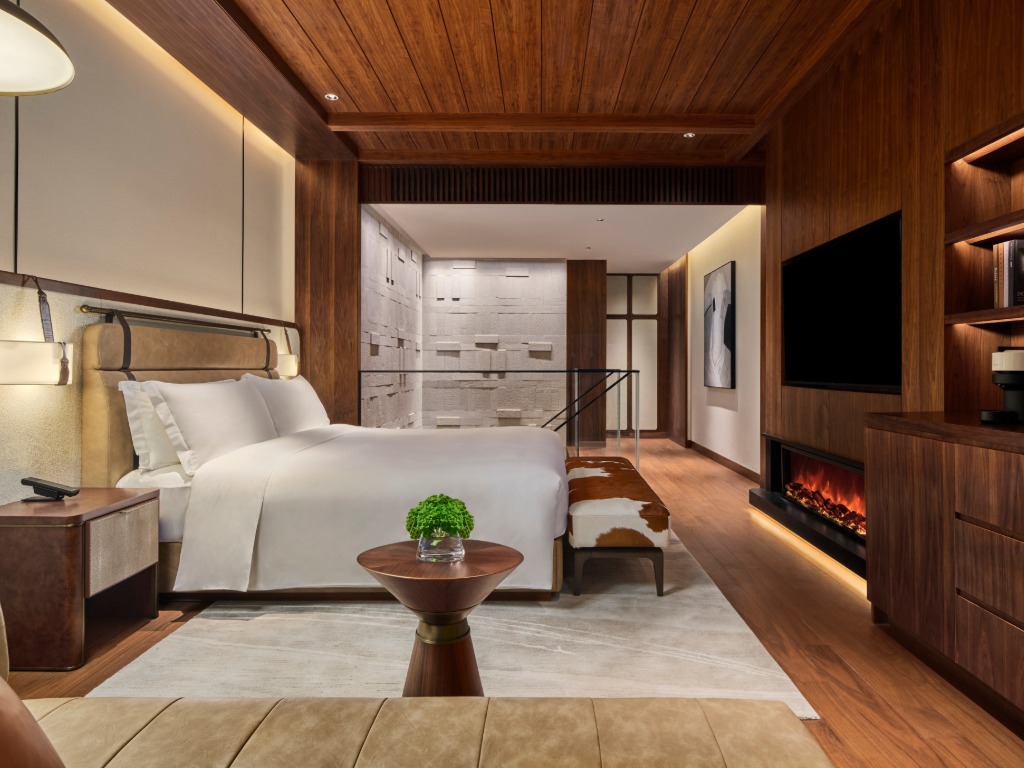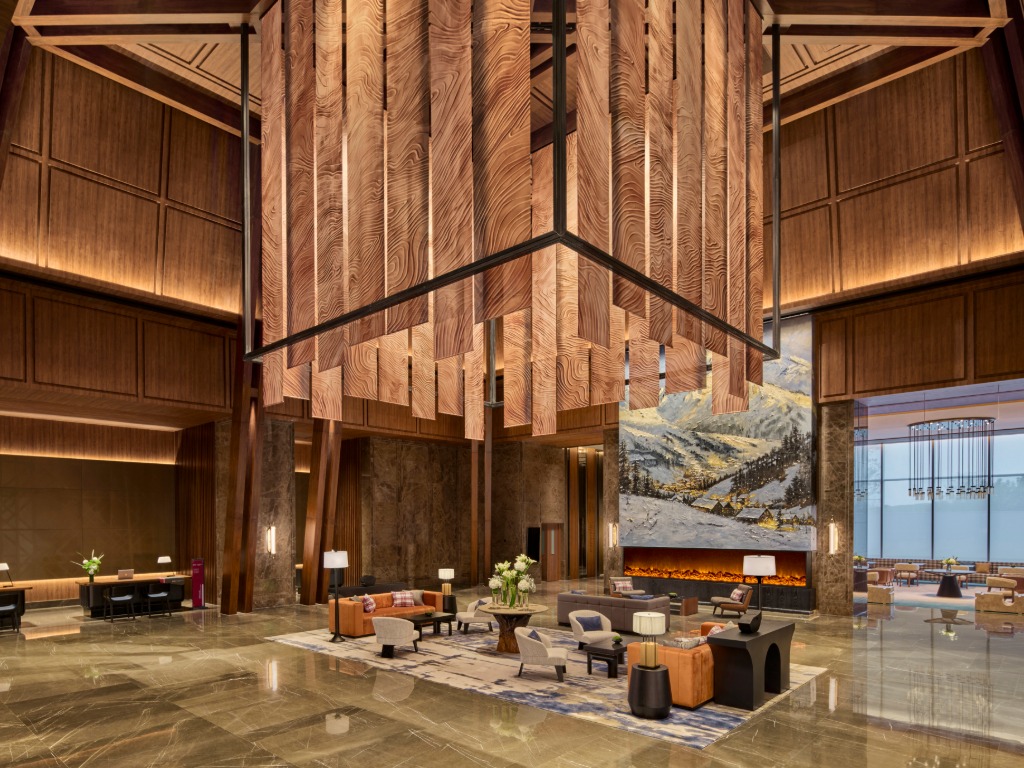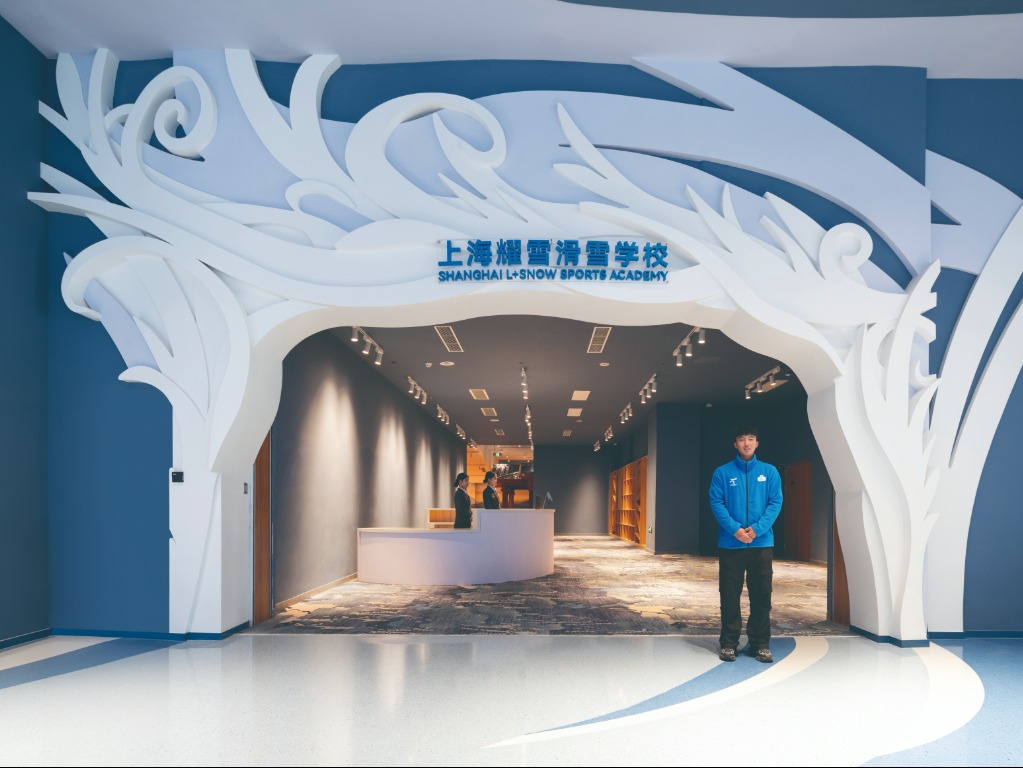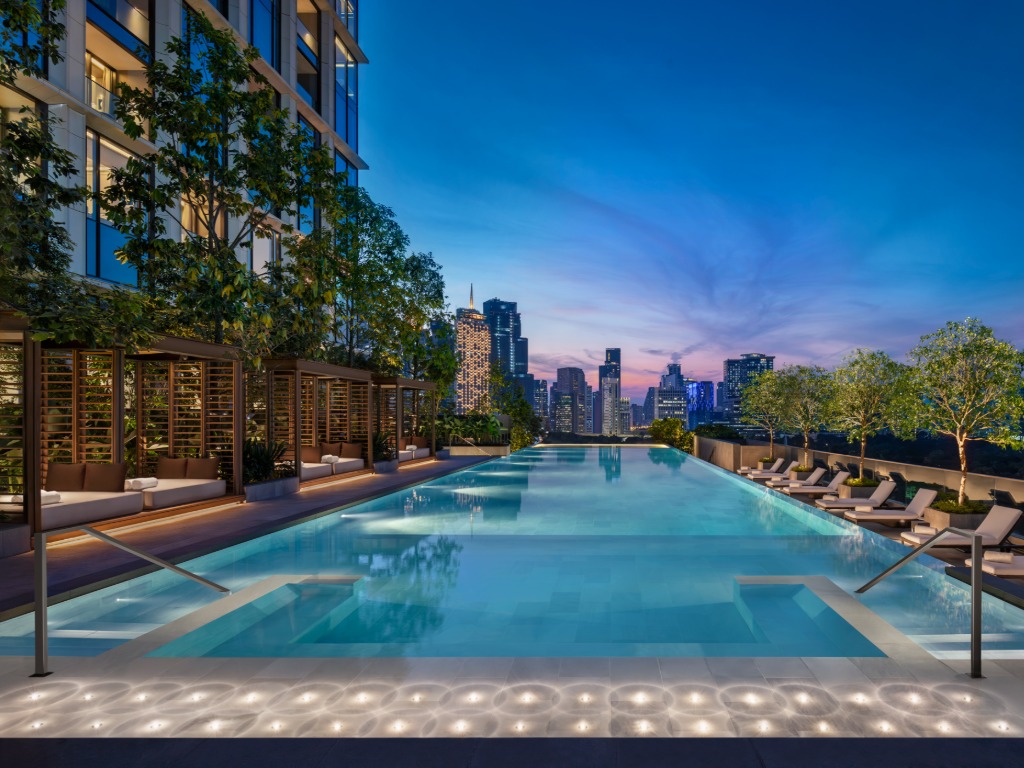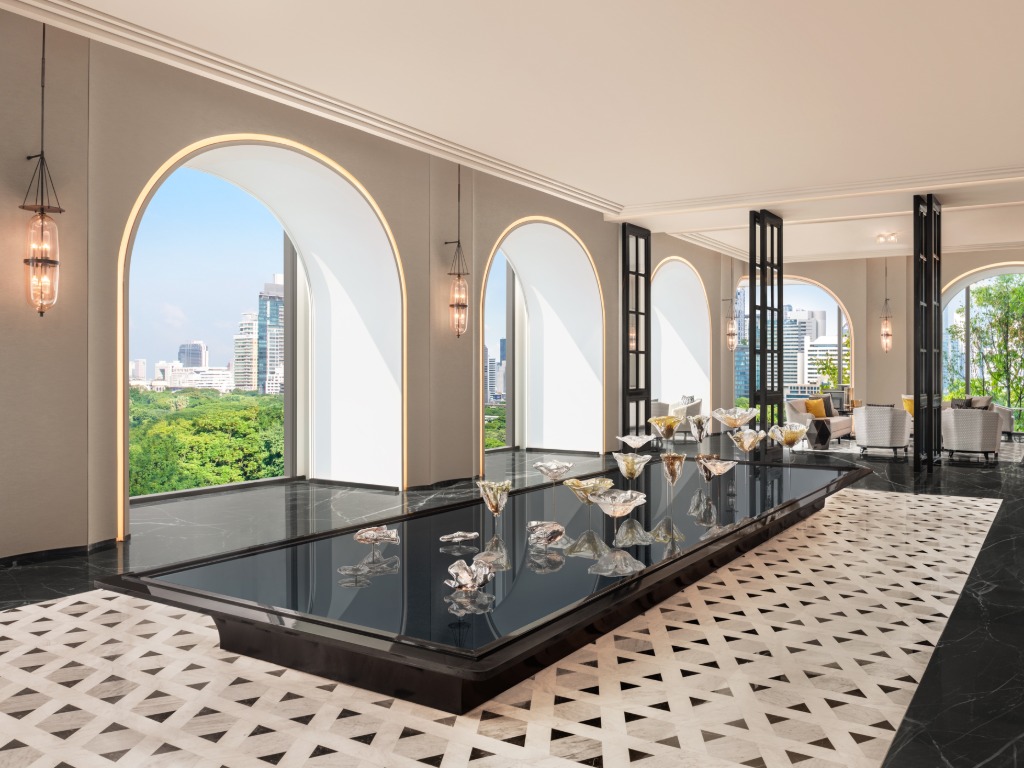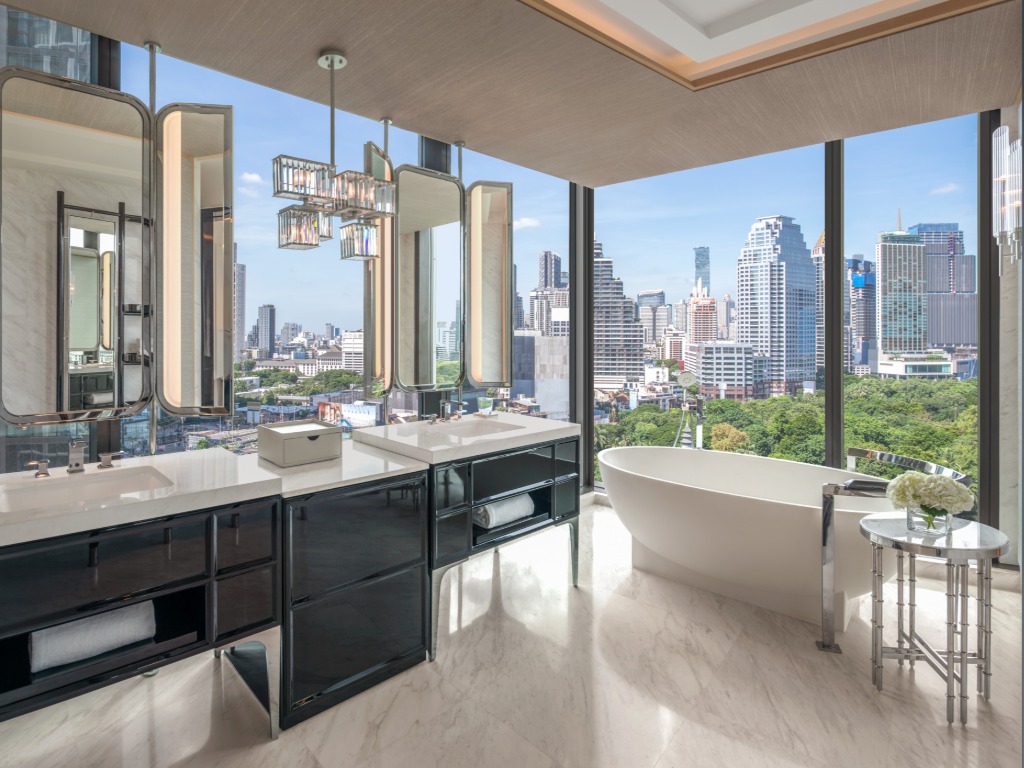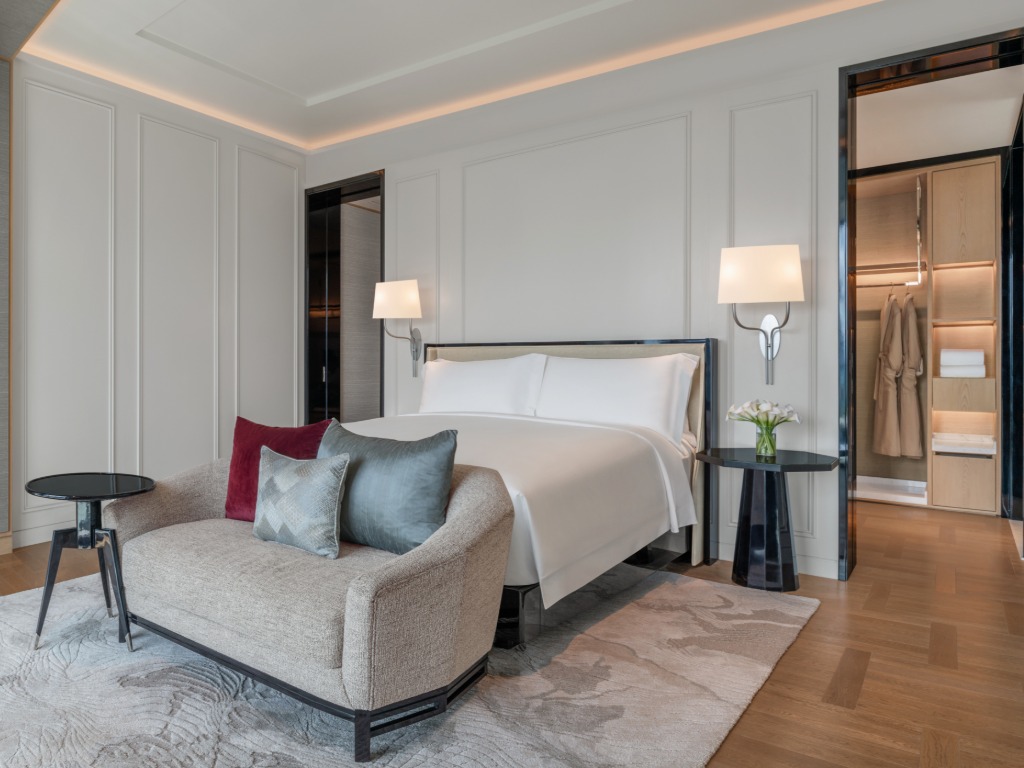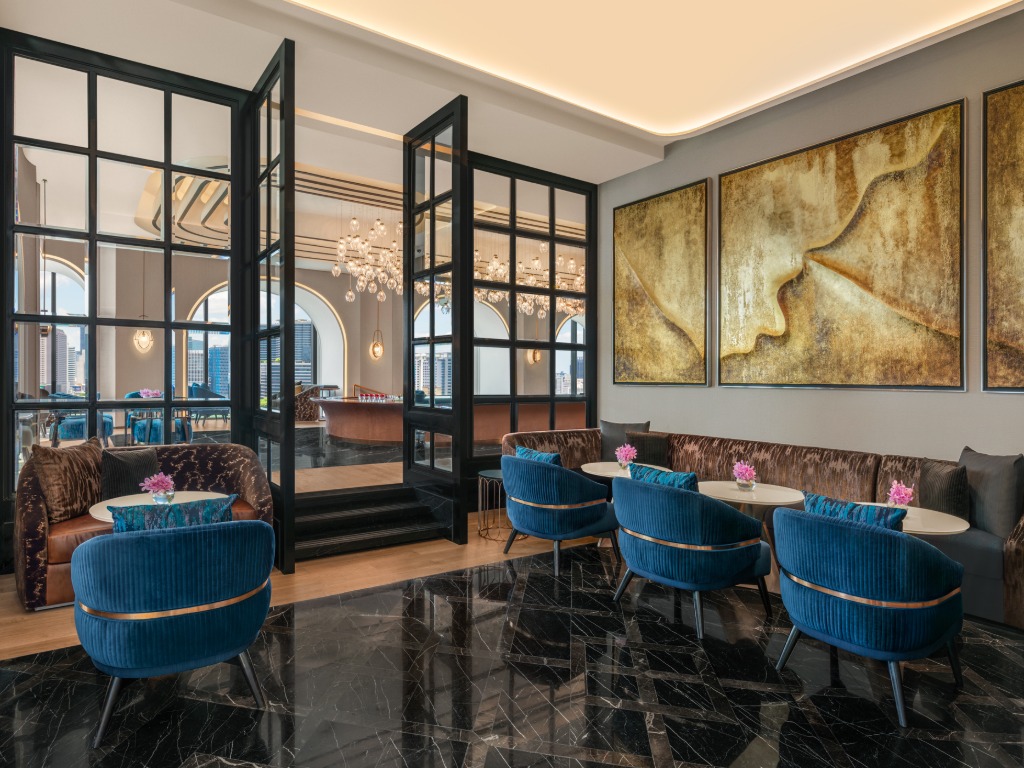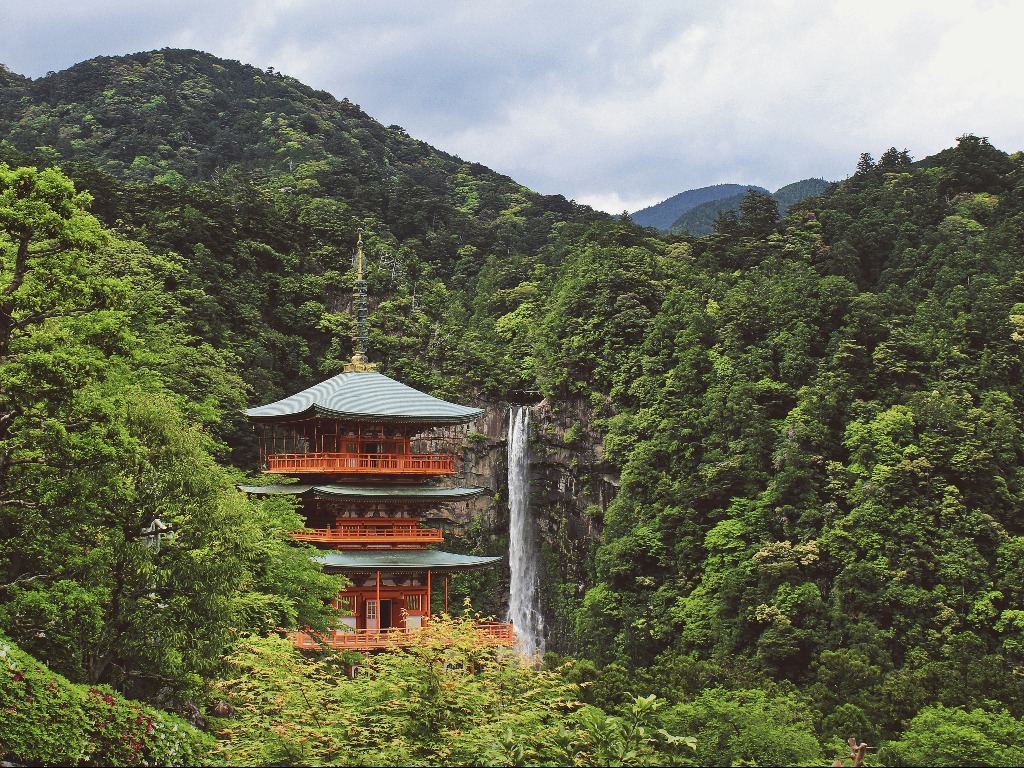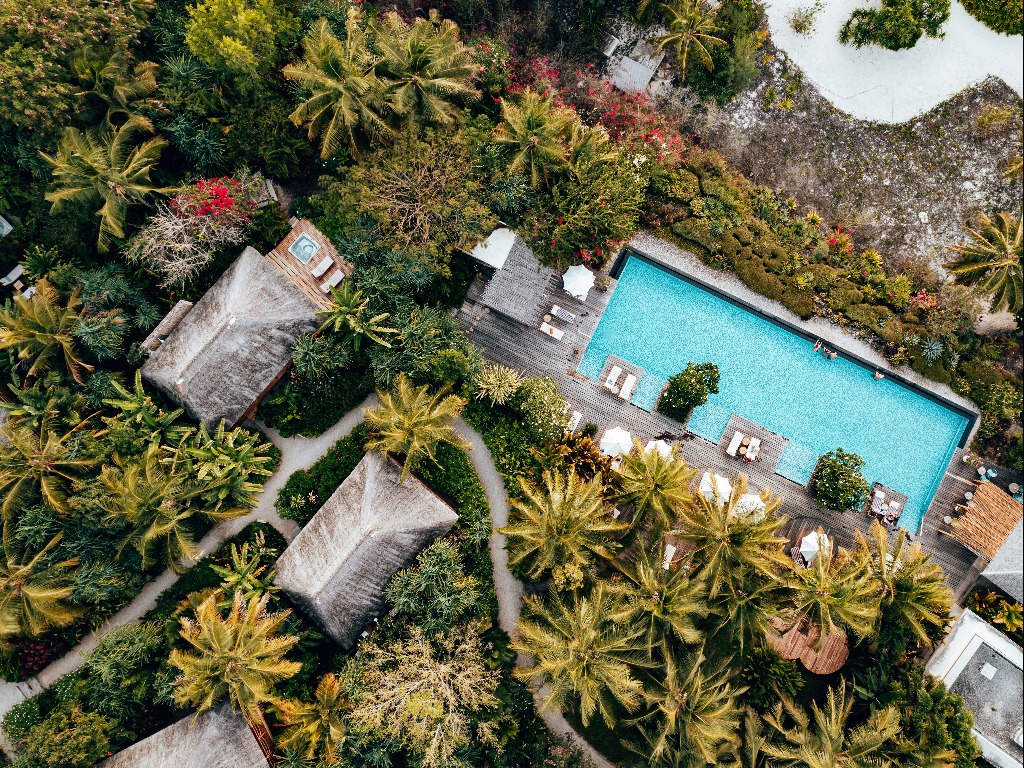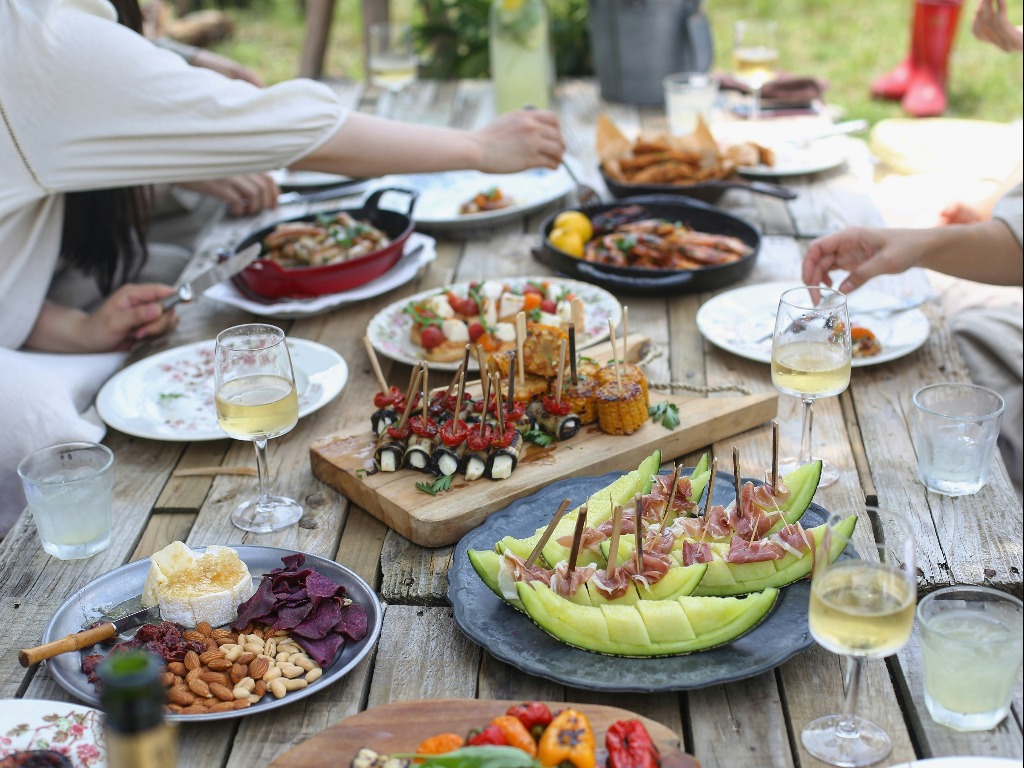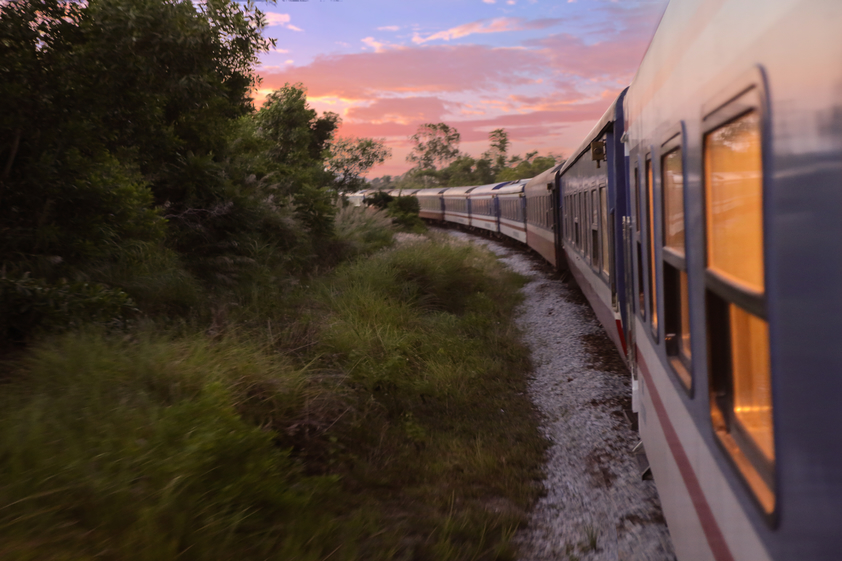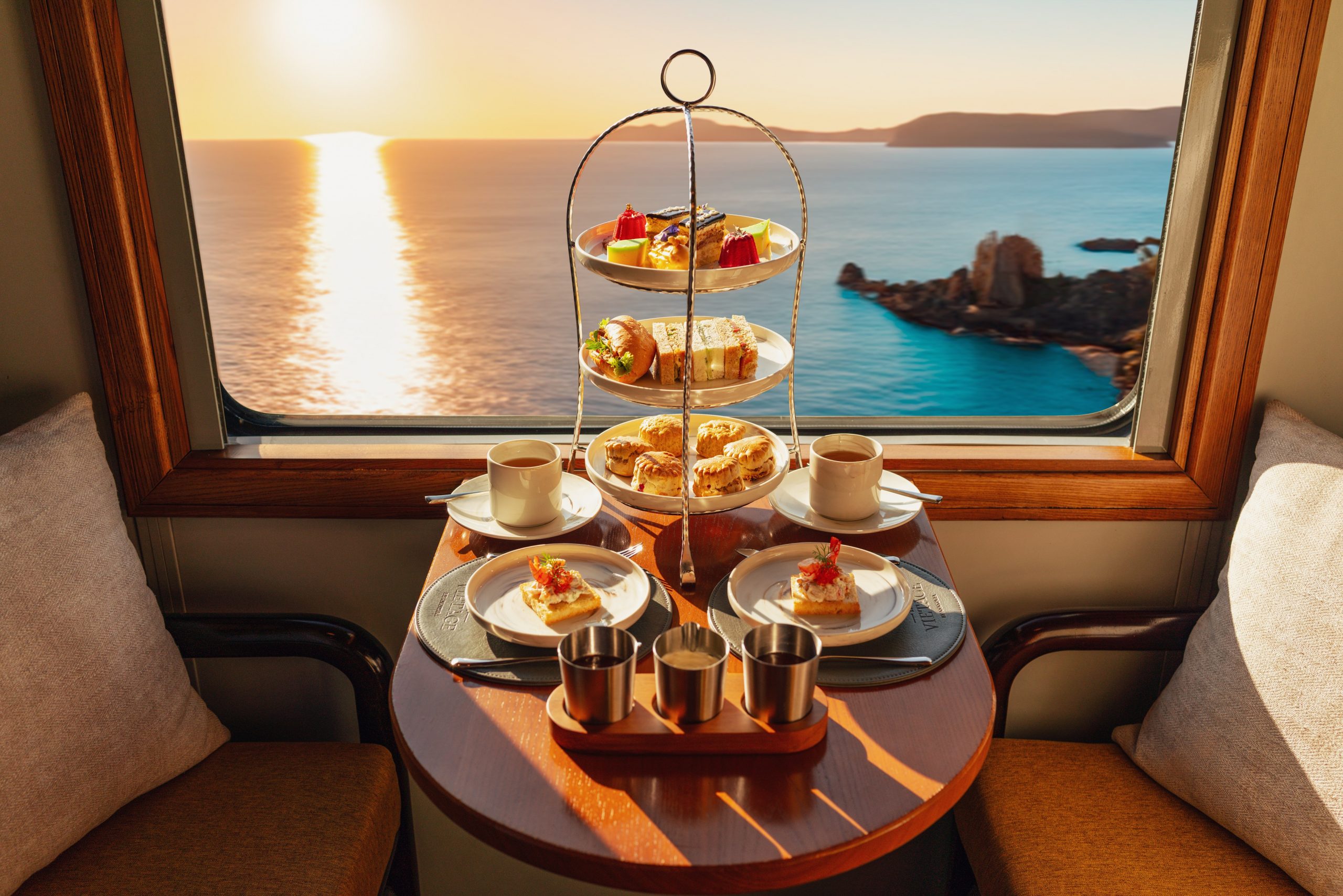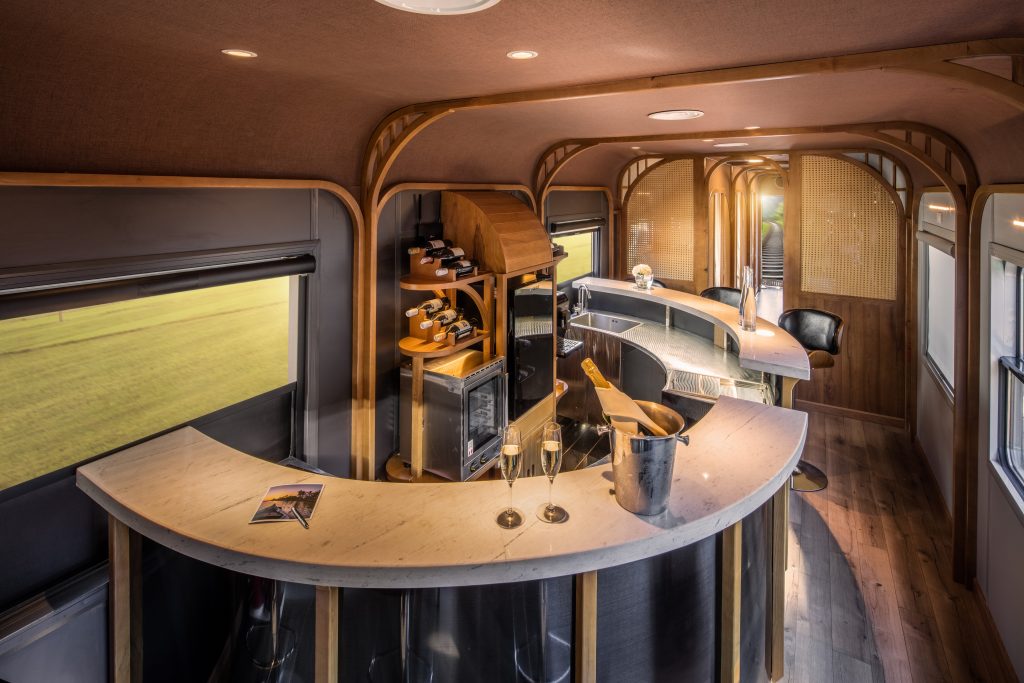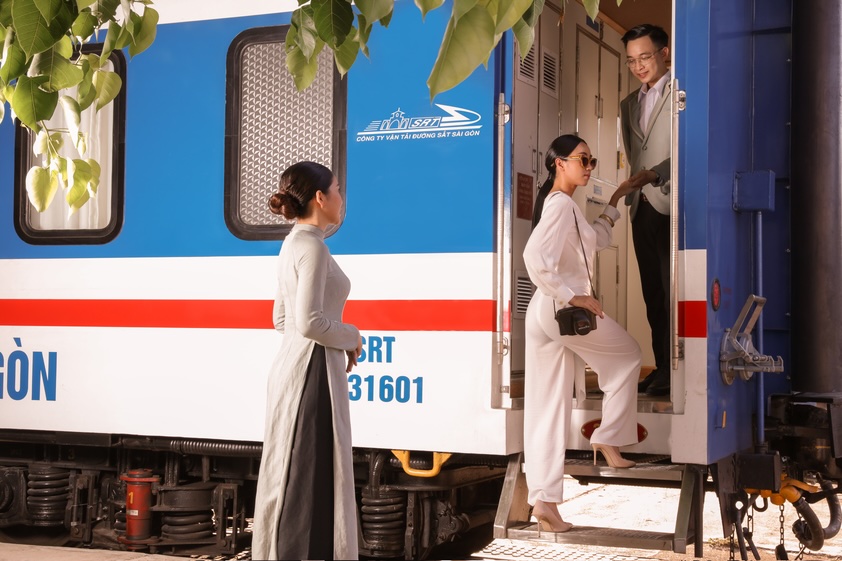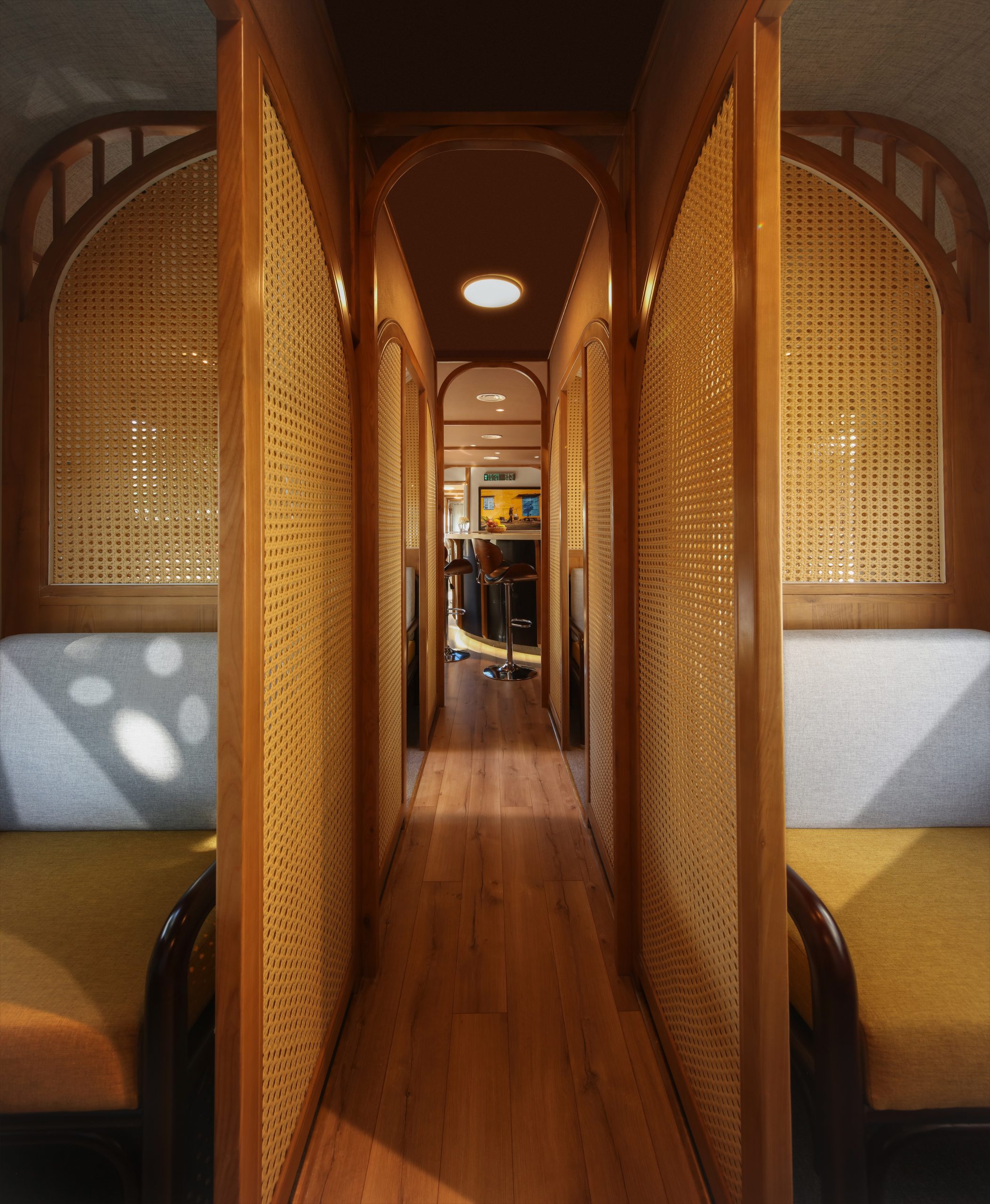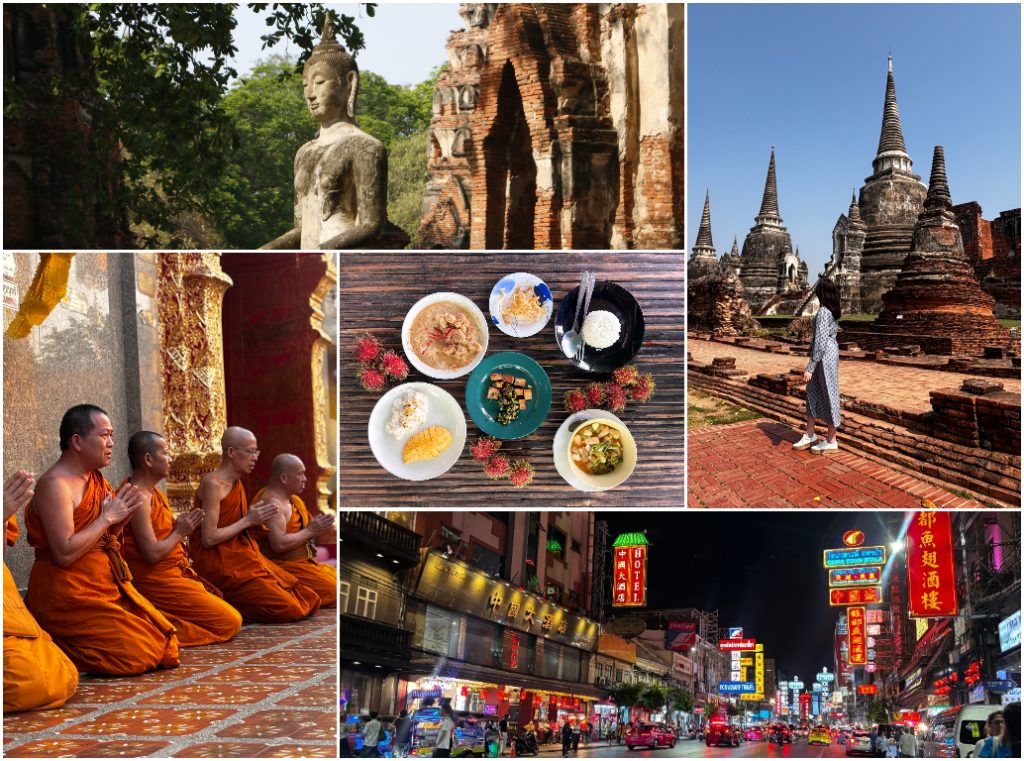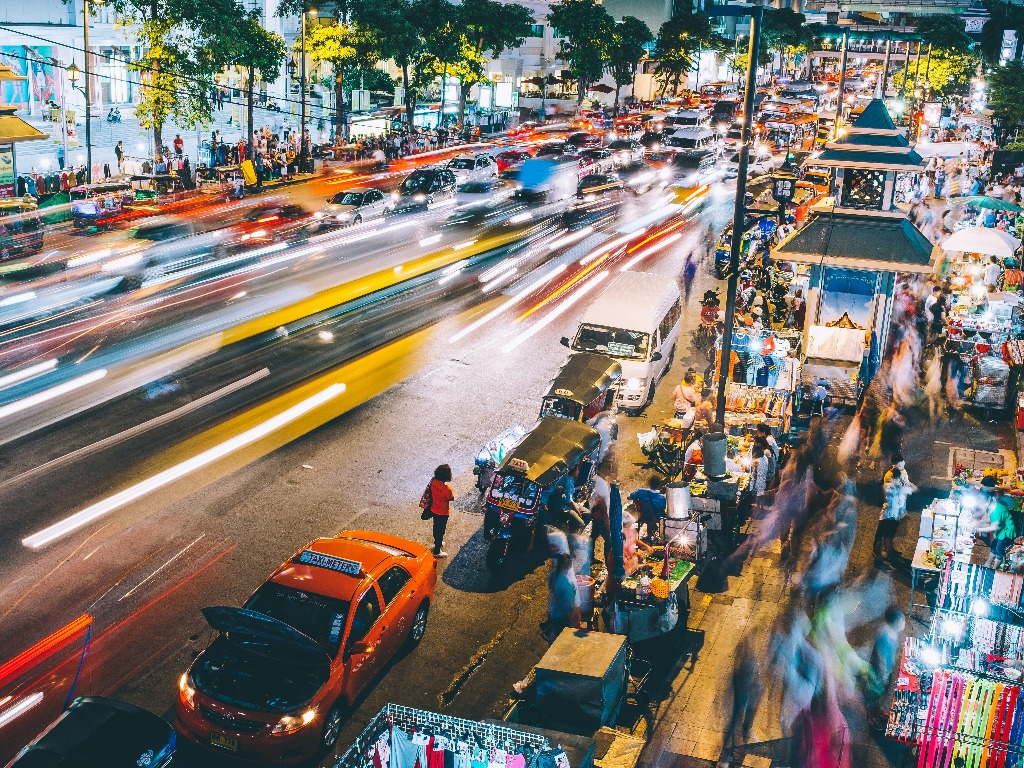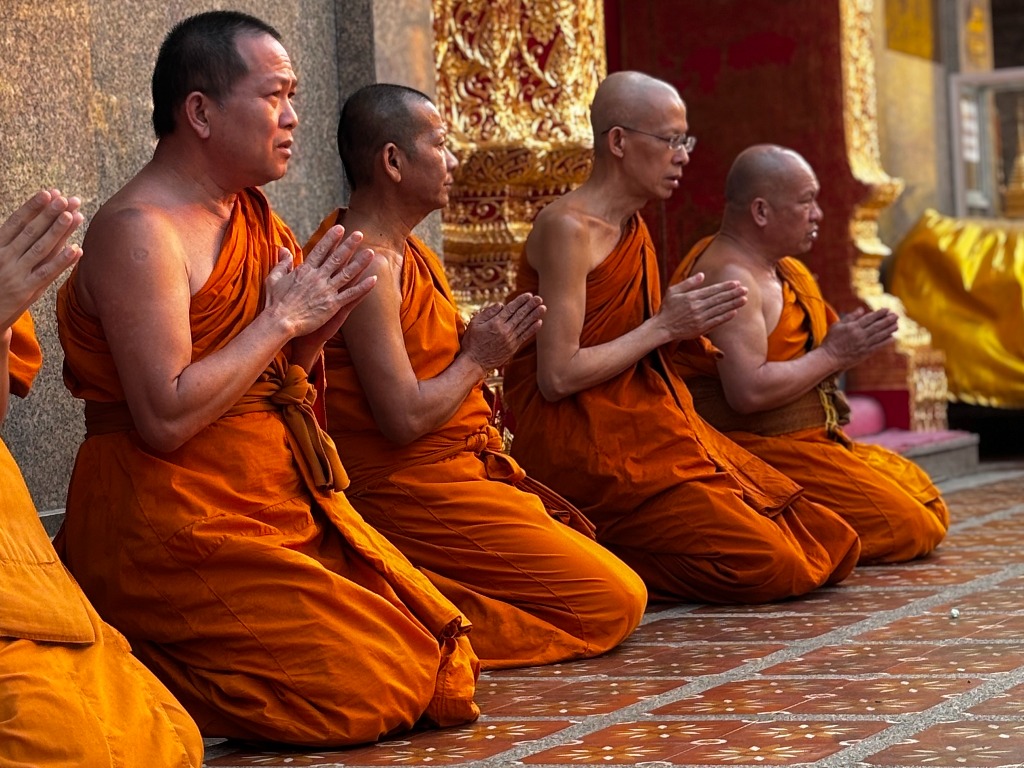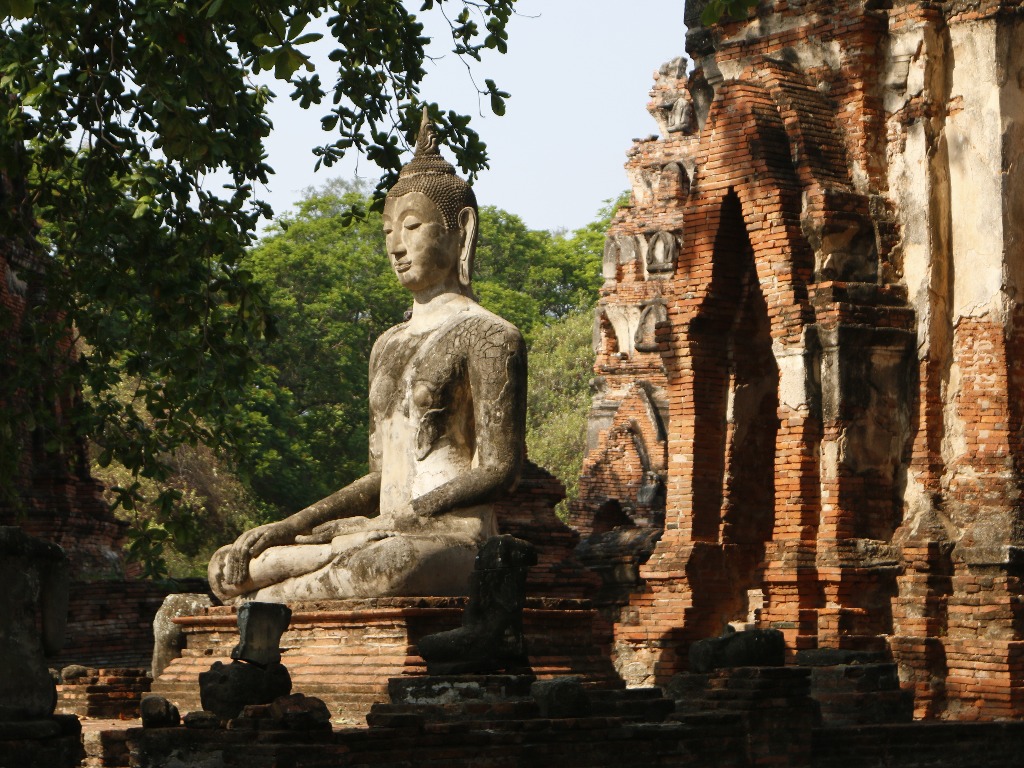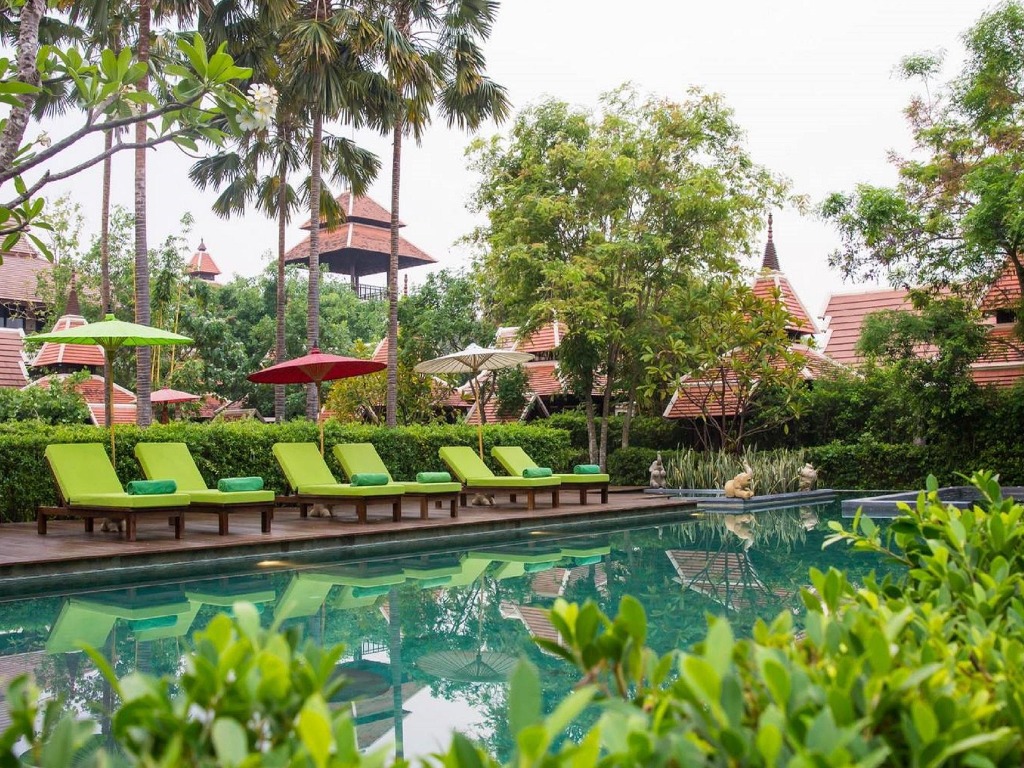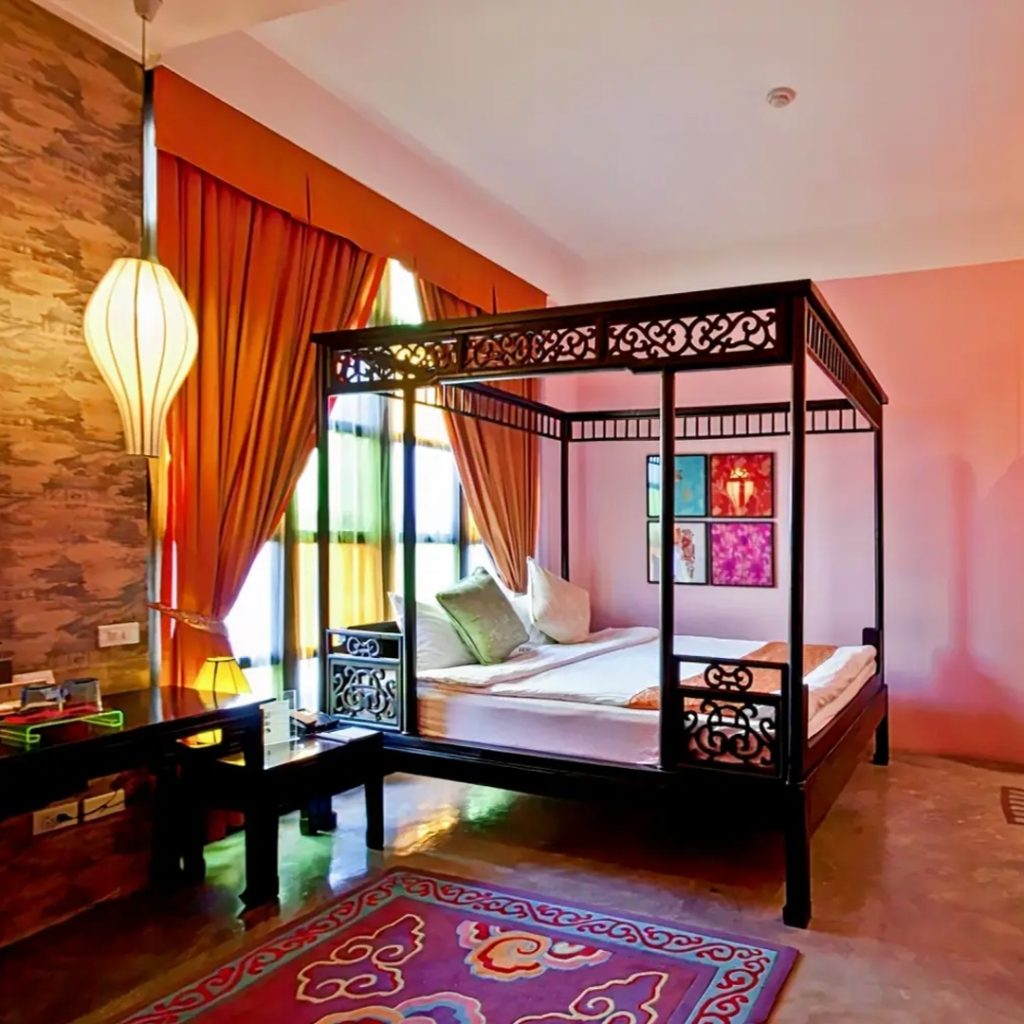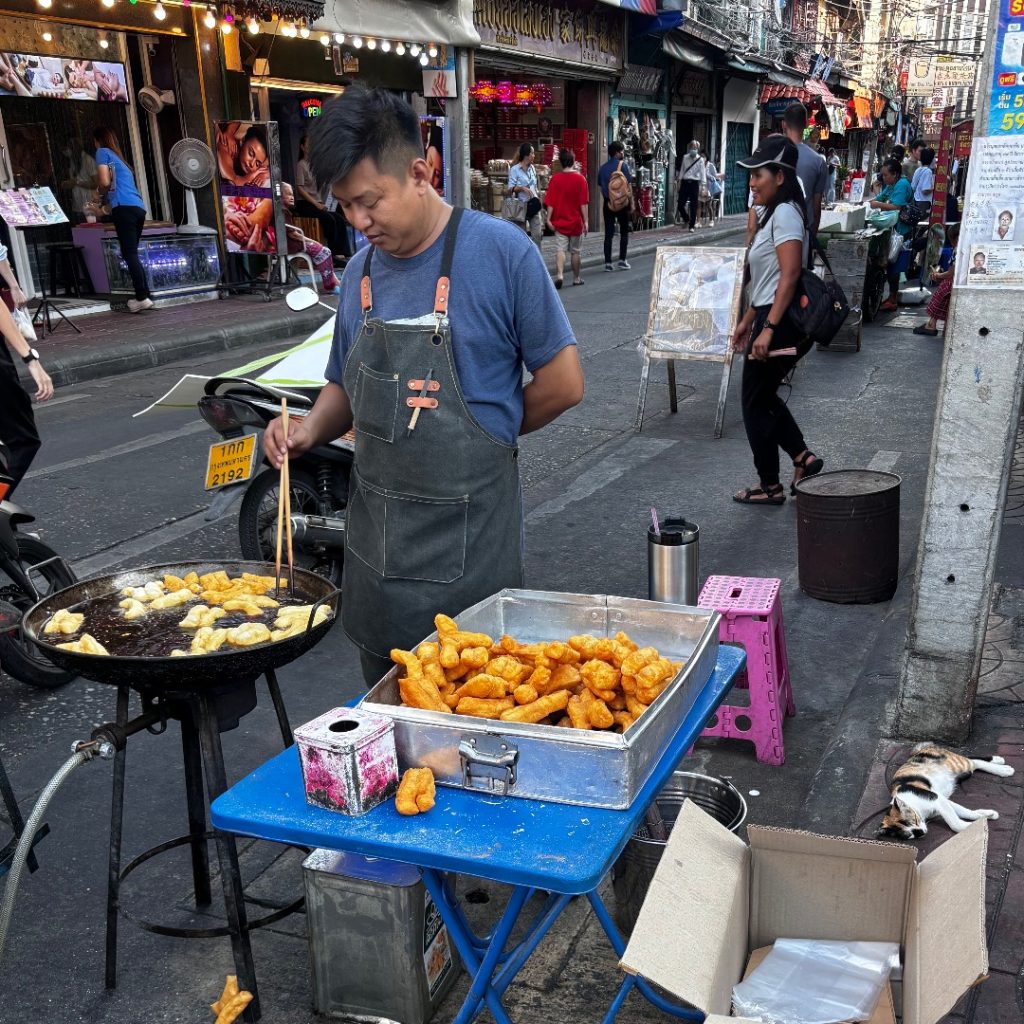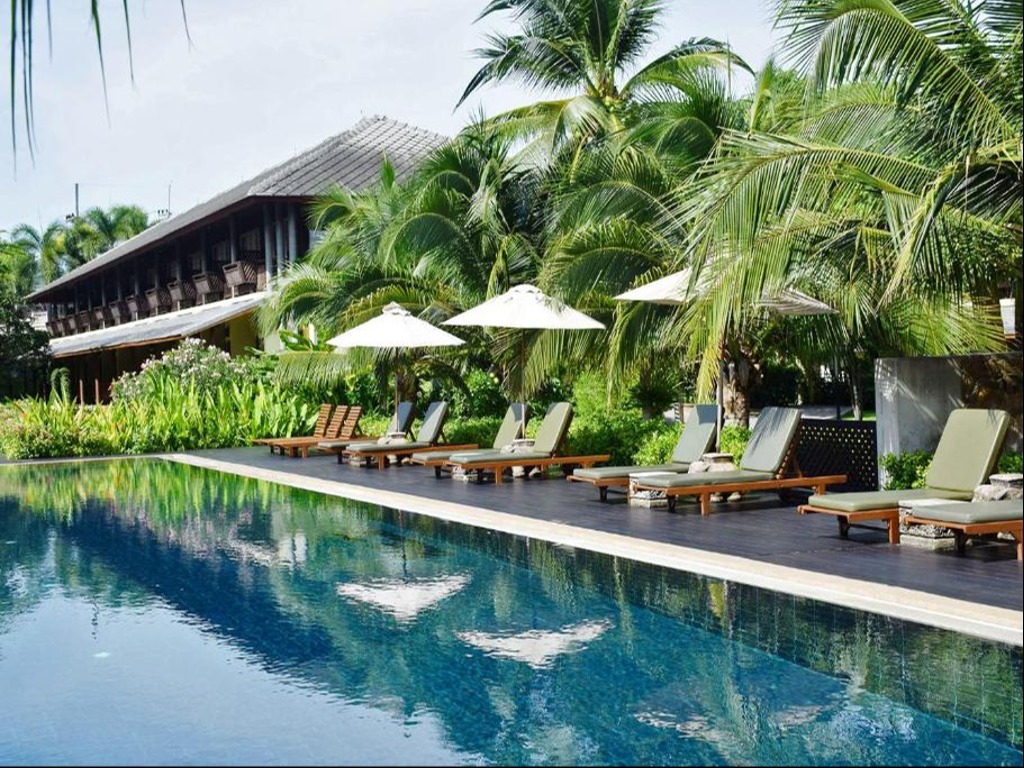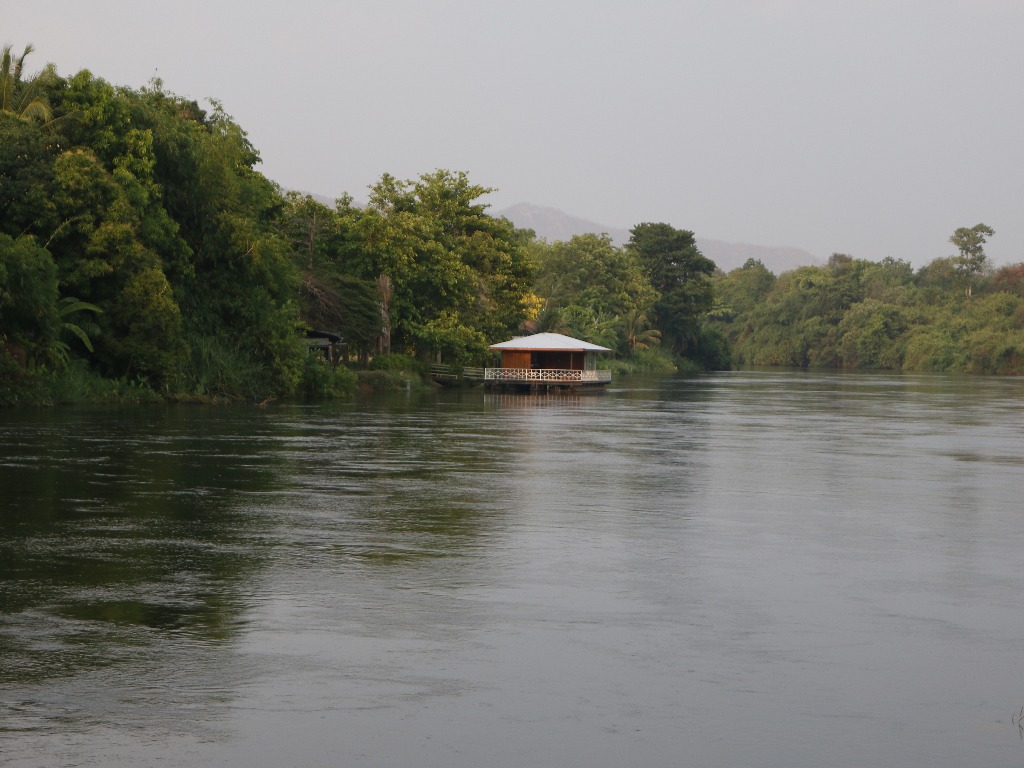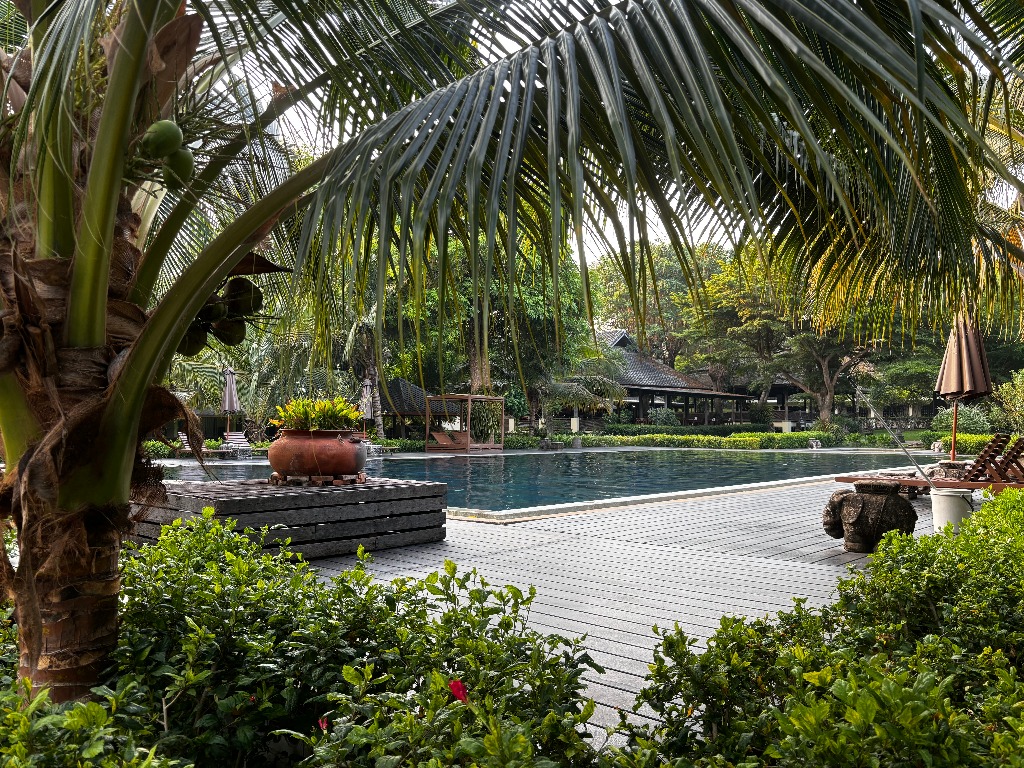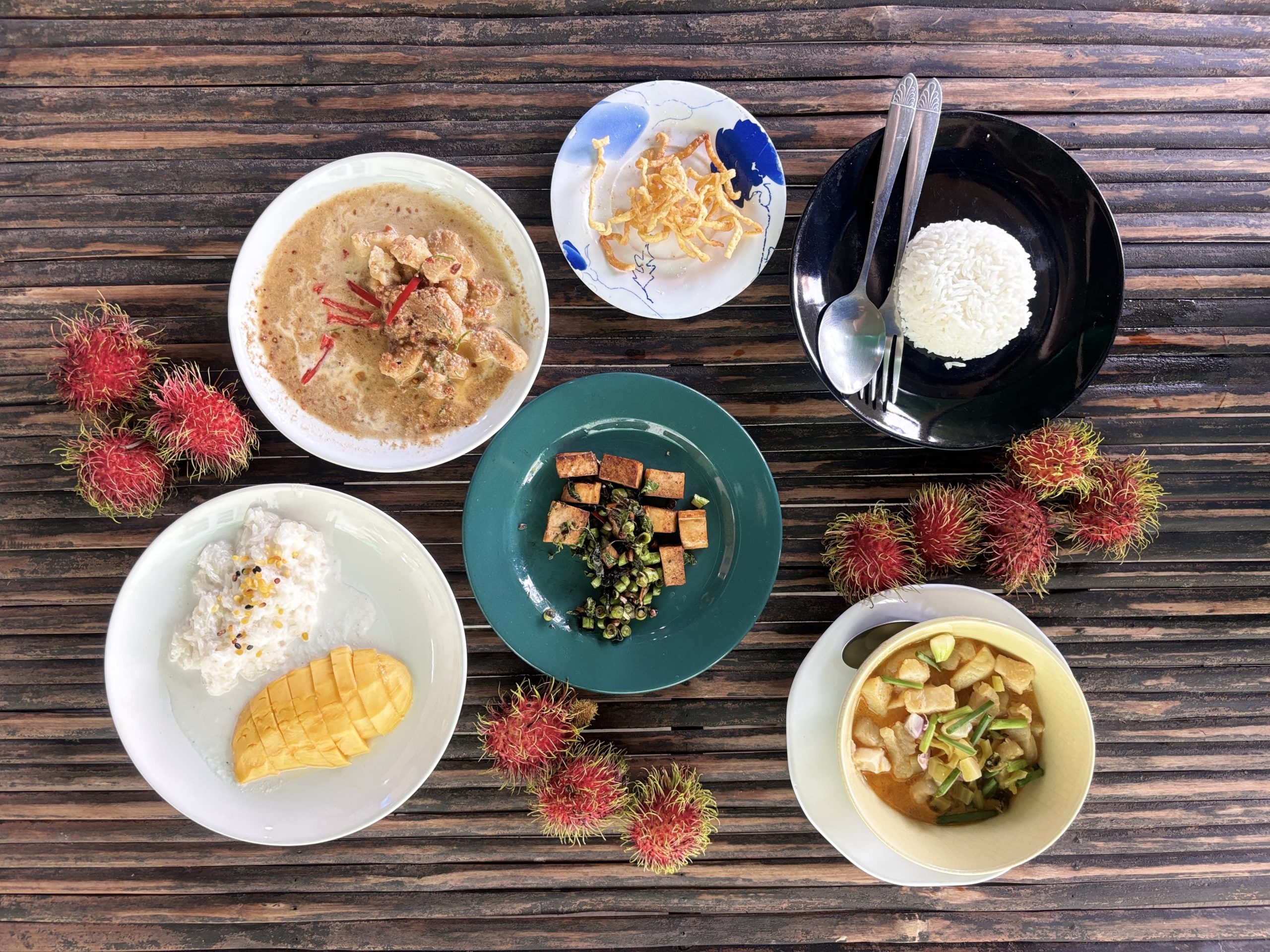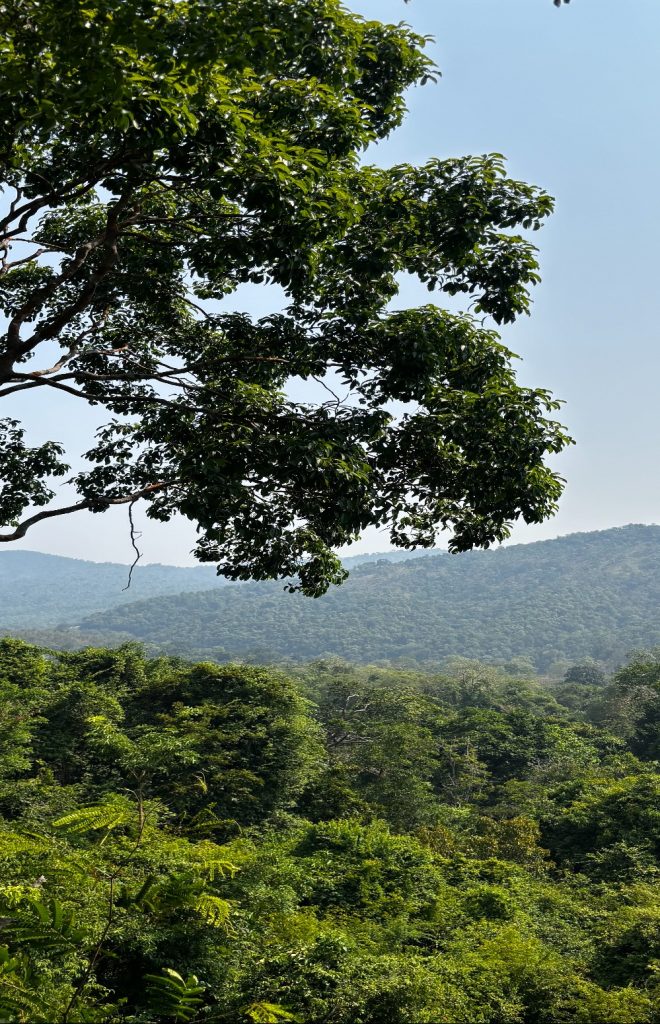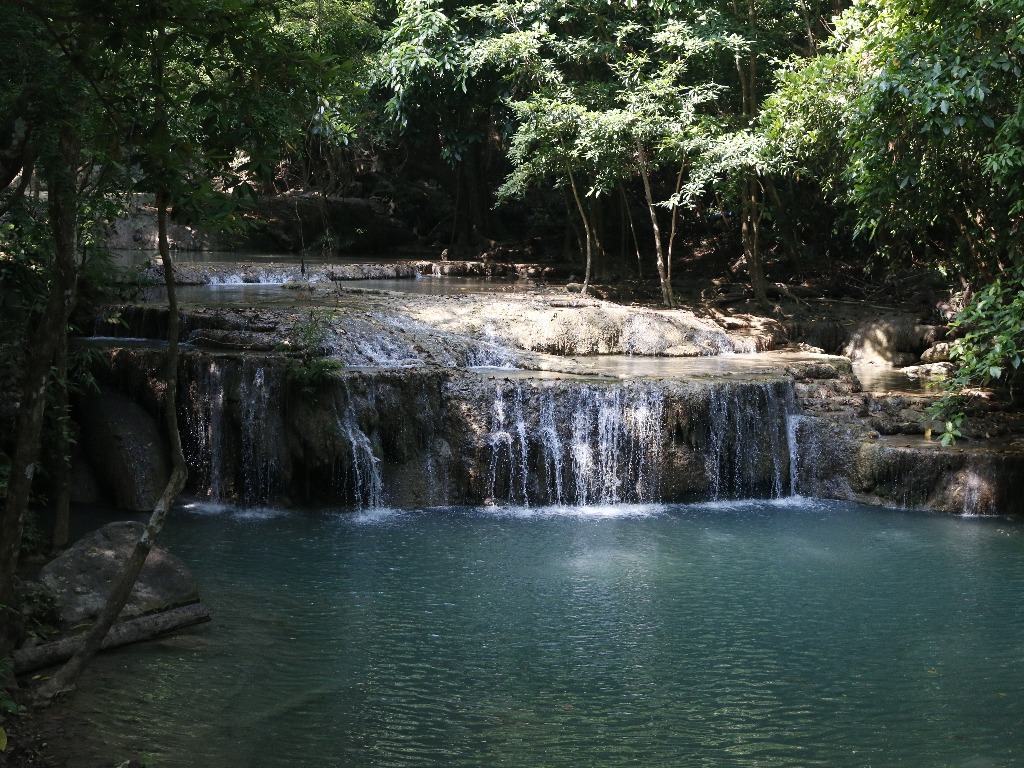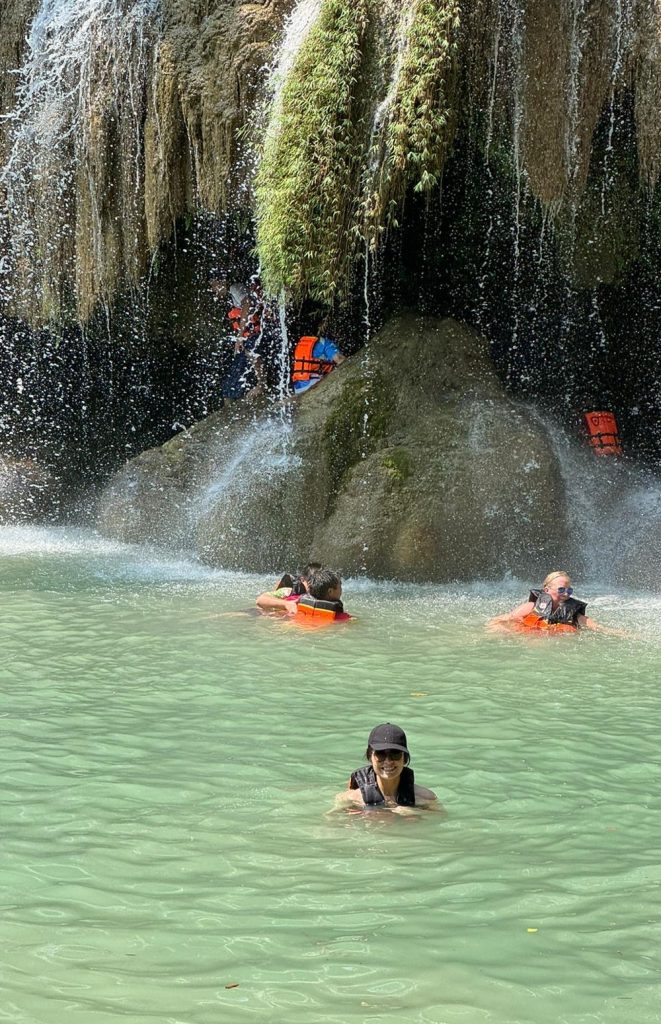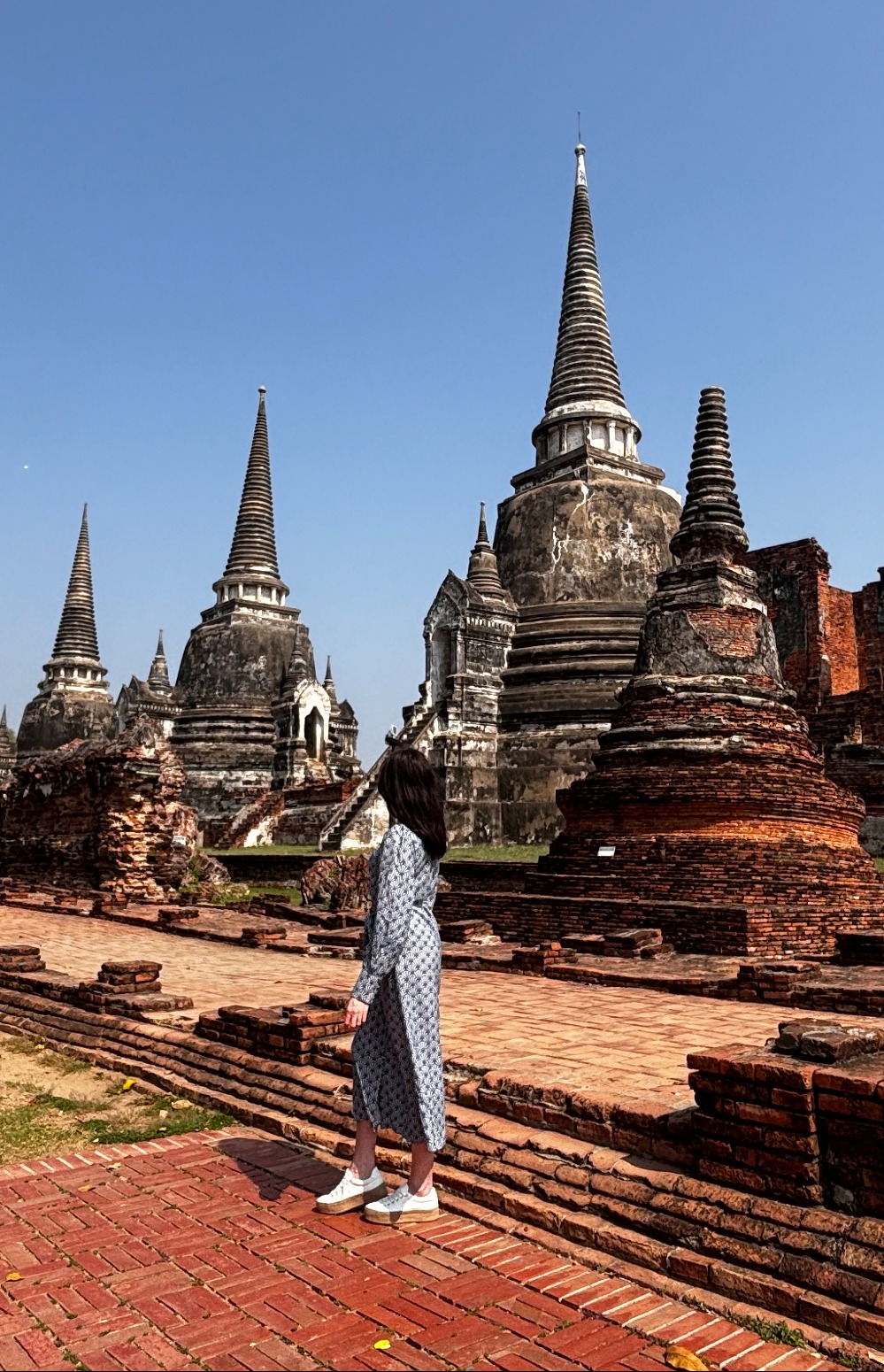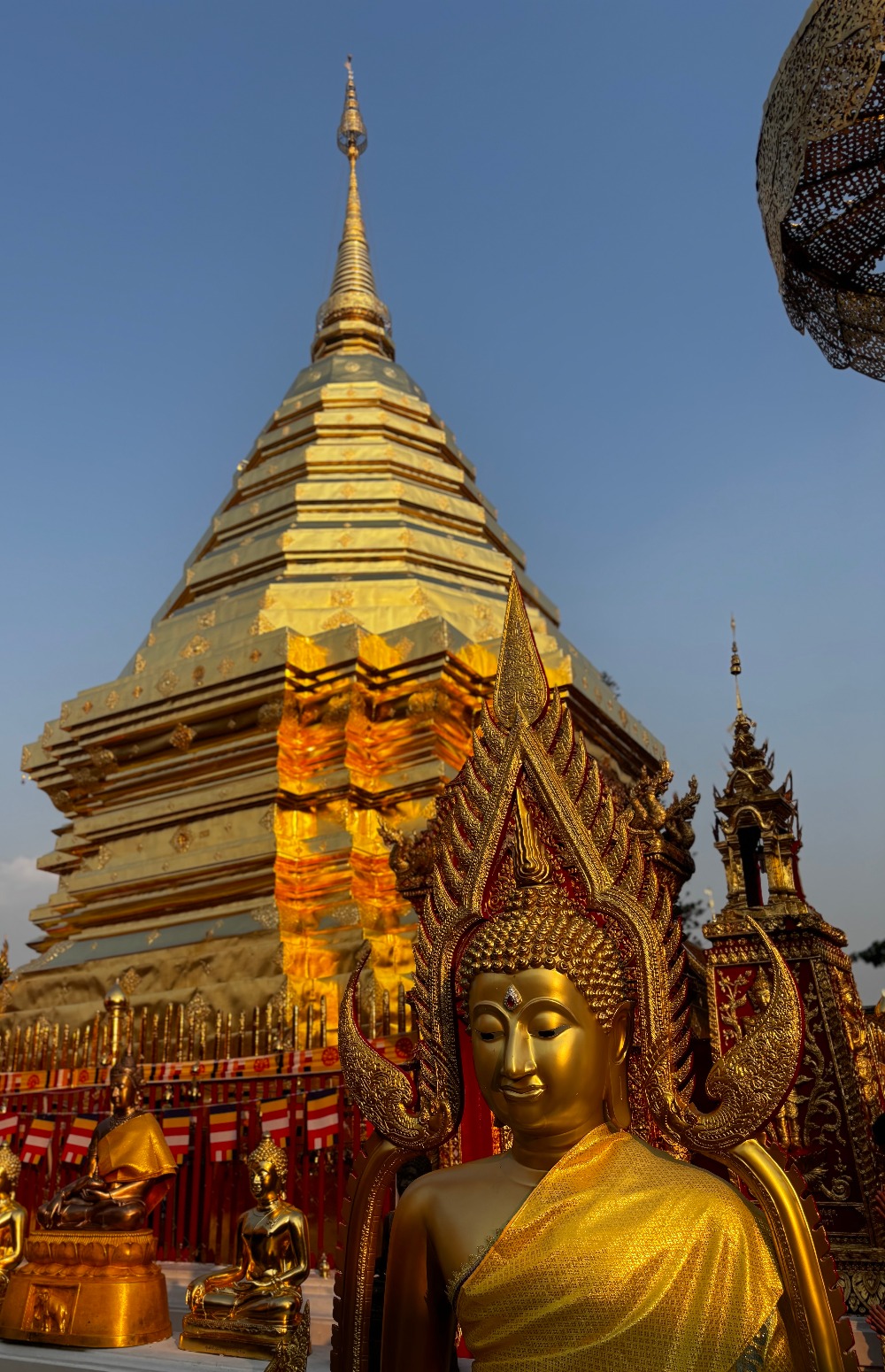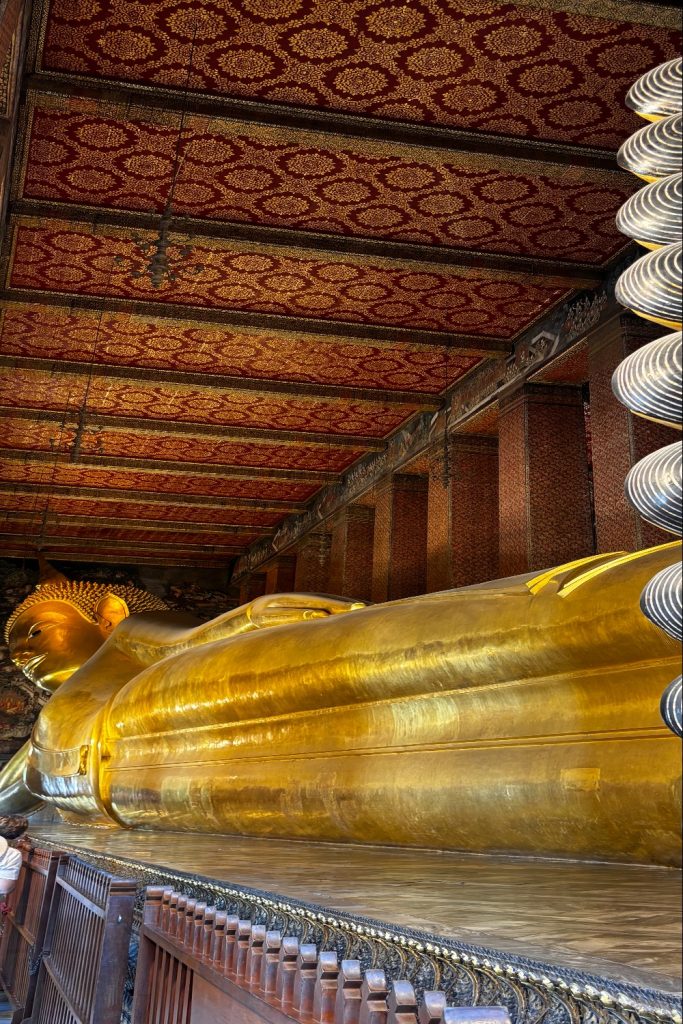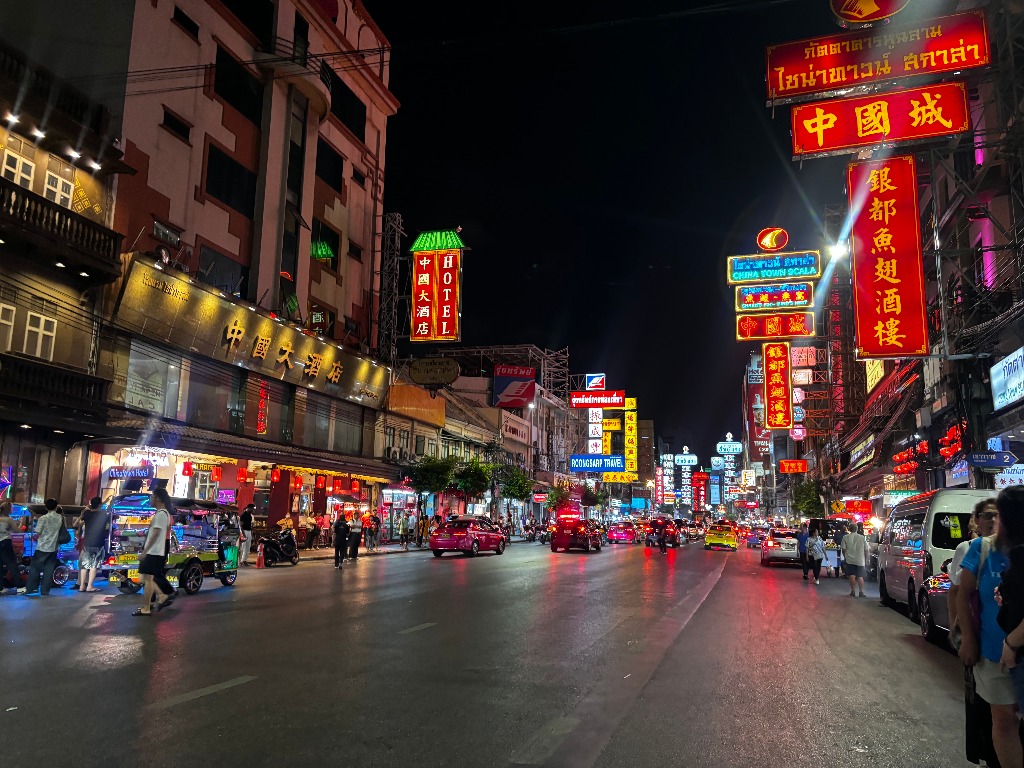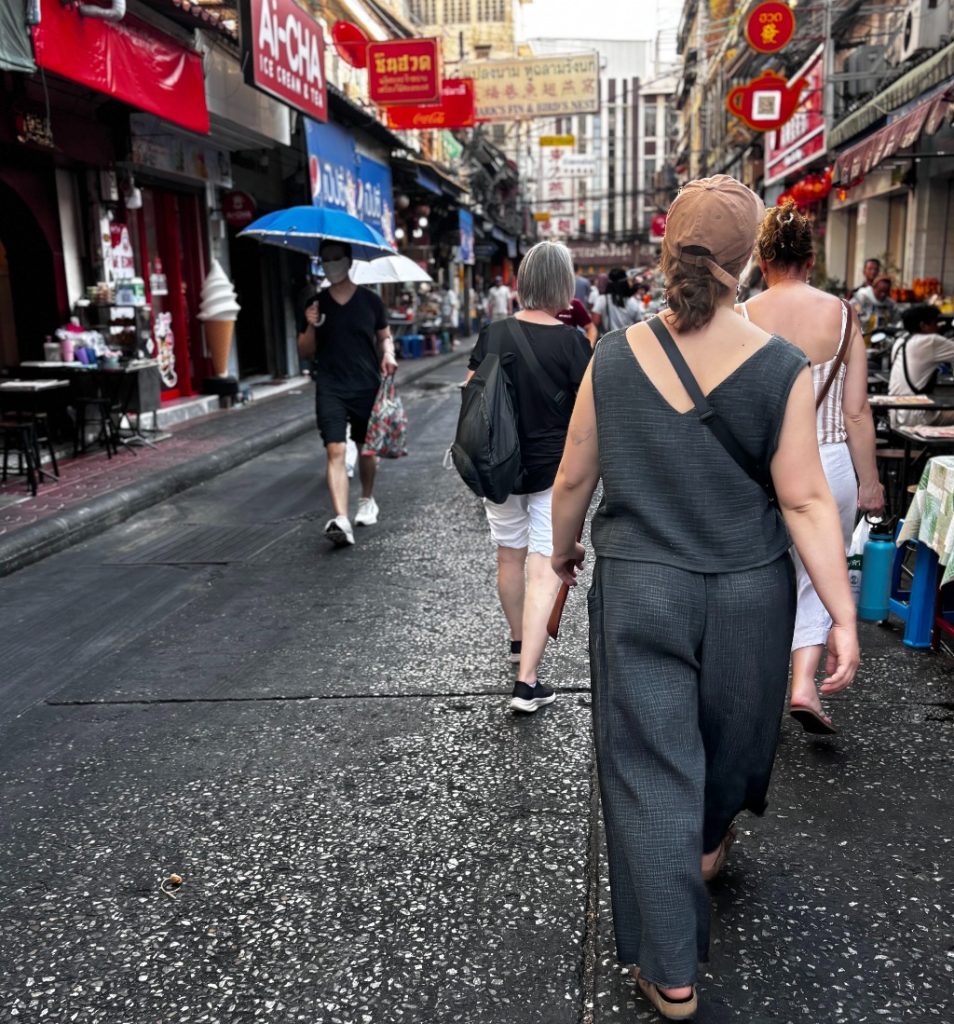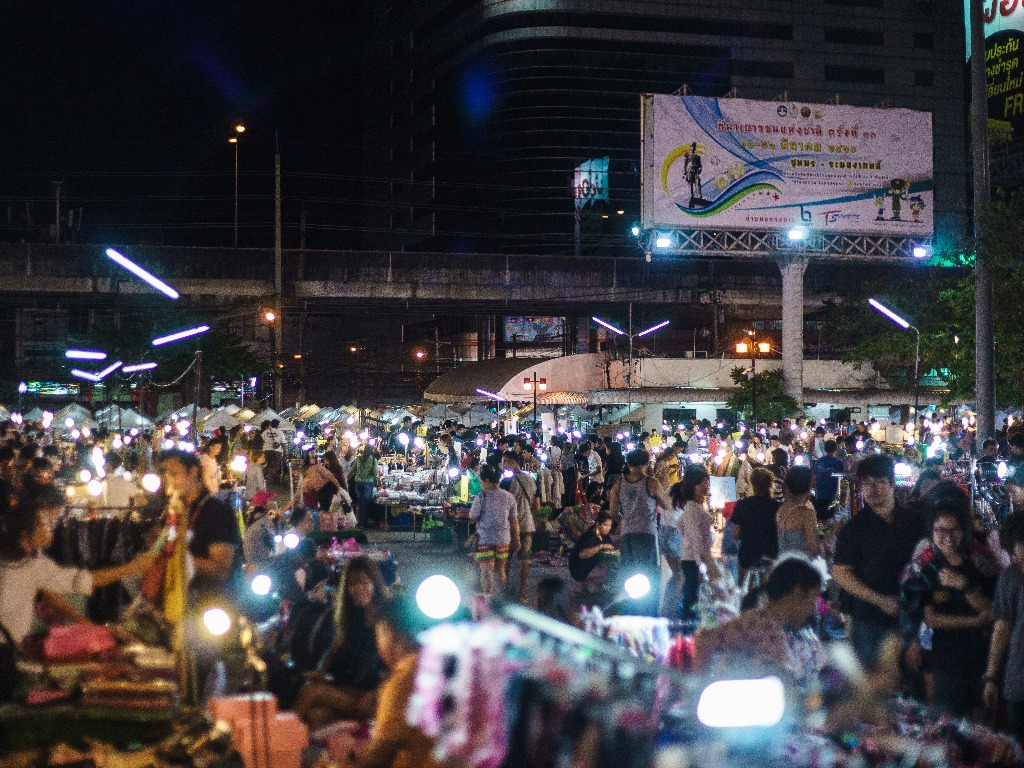
Fusion Resorts Debuts Wellness Retreats Across Vietnam
Fusion Resorts has announced a trio of immersive retreats launching this fall at select Vietnam resorts. Designed to blend traditional healing practices with contemporary comforts, the properties aim to transform ordinary getaways into restorative journeys.
At Fusion Resort & Villas Da Nang, opening Dec. 31, 2025, the spotlight falls on the “Healing Retreat,” a four-day program led by newly appointed wellness master Sanjay Rawat. Drawing on more than a decade of experience in yoga, pranayama, meditation and Ayurveda, Rawat introduces travellers to a holistic reset. Guests move from chakra balancing and re-energizing meditation to sound baths and daily yoga, punctuated by plant-based cuisine that nourishes body and spirit.

Further south, the Alba Wellness Valley by Fusion near Hue builds its practice around the soothing Phong Mai hot springs. The five-day “Pancharakarma Retreat,” available Sept. 7 to 13, 2025, draws from Ayurveda’s ancient detoxifying therapies, combining yoga, meditation and personalized consultations. Treatments such as synchronized full-body massages, Shirodhara warm-oil therapy and Swedana herbal steam are designed to reduce stress, restore inner balance and improve sleep quality.
Rounding out the collection, Maia Resort Quy Nhon will launch the “Full Moon Retreat” on Oct. 31, 2025. Set against the lunar glow of Vietnam’s central coast, the program blends meditation, mindful painting and chakra healing with kayak excursions and sunset yoga. Guests will also sample local cuisine, including nourishing plant-based meals, before winding down at the resort’s beachfront signature restaurant Vị Quê.
Fusion, which operates more than 25 properties across Vietnam and Thailand, is renowned for introducing wellness programming at every level of the guest experience. These new retreats underscore a commitment to helping travellers rediscover balance — whether that means floating in a thermal pool, finding focus through breathwork or simply soaking up the idyllic natural landscapes.

